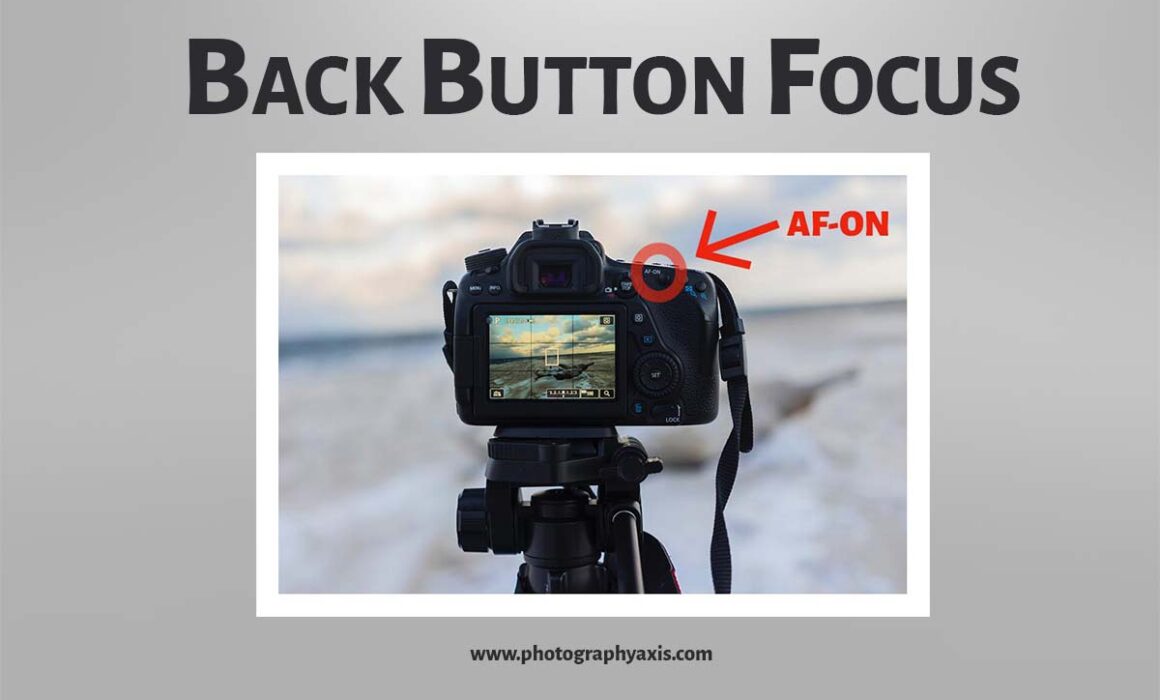Back Button Focus – What, How, Why, & When to Use It?
You might be hearing about the term “Back Button Focus” (BBF) for the first time. It is a focusing technique that can help to improve your photography workflow.
During my initial days of photography, even I did not know about this feature in the camera. Later, when I started using it, I got addicted to it. Now, I use this focusing technique for 80 percent of my shots.
In this guide, I will explain the back button focus in detail. I will also share how to use it, when to use it, and why to use it.
What is Back Button Focus?
Back button focus is a feature in modern-day digital cameras, DSLR/ Mirrorless/ Medium format cameras.
Back button focus helps to remove the focusing feature from the camera’s shutter release button. It allows you to assign a dedicated button for focusing on the subject.
Thus, you can lock the focus on the subject using this dedicated button and press the trigger button later to capture the image.
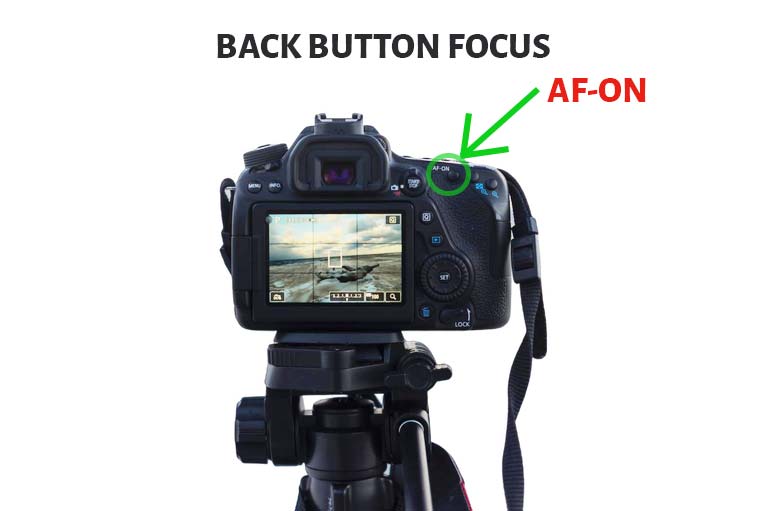
The “AF-ON” button in the camera can be configured as the back button focus. This button will be located on the back side of the camera. It will come on your right-hand side.
Thus, you can press this button easily with the help of your thumb.
Instead of using a single button for focusing and triggering, 2 separate buttons will be used.
When to Use Back Button Focusing?
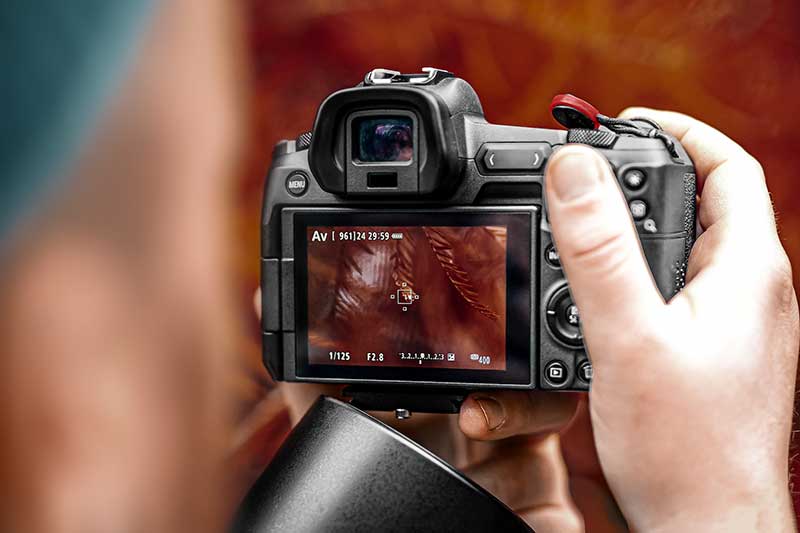
The back button focus may not be suitable in all situations. But there are many instances where I find this focusing technique very useful.
You can use it in the following situations.
1. For Non-Moving Subjects
You will be interested in trying different compositions for the same subjects when you shoot stationary subjects.
Here, the back button focus will help to do the recomposing easily.
Once you lock the focus using the BBF, you no longer have to worry about losing focus while recomposing.
But make sure not to change the distance between the camera and the subject. Otherwise, your subject will not be tack sharp in the picture.
2. Single & Continuous Focus Switching

Switching between Single (AF-S) and Continuous focusing (AF-C) is easy if you set the Back Button focus. There are many situations where you will have to use continuous focusing.
For example, when you photograph birds, animals, or sports, sometimes they will be on the move and sometimes stationary. So, this switching is essential to get a perfect focus lock according to the situation.
3. When You Want to Use Manual Focus In Between
There are situations where I have to go with the manual focus instead of autofocus for certain shots during a photo shoot.
If I use the shutter trigger button for focusing, I need to switch from AF to MF in the camera lens or settings.
I can completely avoid this switch and go ahead with the manual focusing on the lens if I have set the AF-ON button for focusing.
Once the manual focusing is complete, I just have to click the shutter trigger button for the capture.
4. During Windy Shooting Conditions
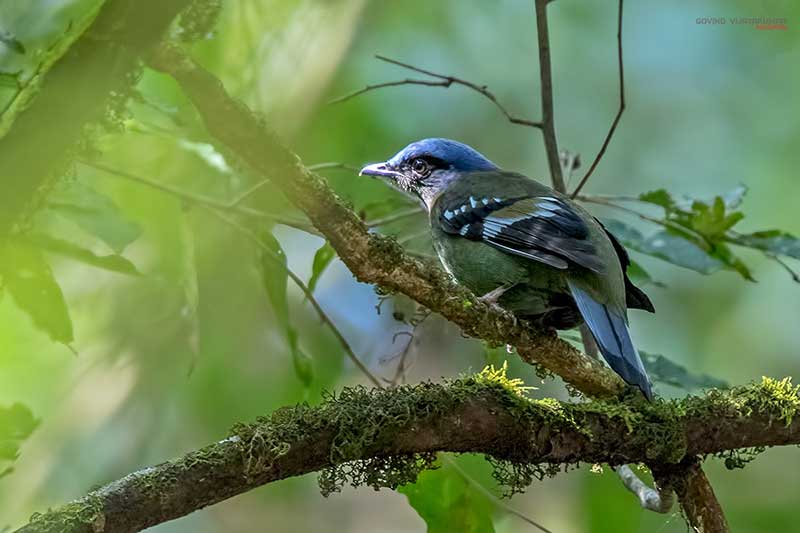
Wind can cause focusing issues at times when you use the normal autofocus method. This issue happens when grass, leaves, or hanging clothes are in front of the main subject.
The autofocus may get locked to the grass or leaves in front of the subject if there is wind in the scene. Thus, you will end up with a blurry subject.
You can completely avoid this out-of-focus issue on the subject by using the Back button autofocusing technique.
It allows you to set the focus locked on the subject. Thus, even if there is wind in the scene, the focus will always remain on the subject.
Will Back Button Focus Come as Default in the Camera?
In most cases, the back button focus will not be the default focusing button in DSLR and Mirrorless cameras. You need to assign it in the settings. But certain high-end cameras come with the back button focusing as the default.
How to Set Back Button Focus in Canon/ Nikon/ Sony/ Panasonic Cameras?
Setting the back button focus in your DSLR or Mirrorless camera is quite easy. I will show you how to set the Back button focus for Canon, Nikon, Panasonic, and Sony cameras.
By default, most cameras will integrate the focus button with the shutter trigger button. The auto focusing will happen when you half press the shutter trigger button.
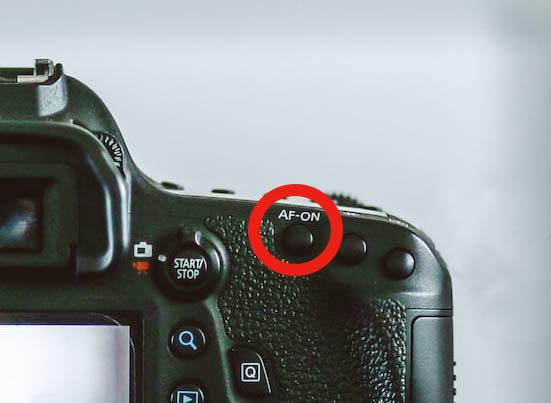
Now, you must remove this autofocus from the shutter trigger button and assign it to the “AF-ON” button.
Canon Camera

You can use these steps to set the back button focus in the Canon camera.
There will be a slight variation across different Canon camera models. But it will be more or less the same for all Canon DSLR and Mirrorless cameras.
1. Press the Menu button on the Canon camera.
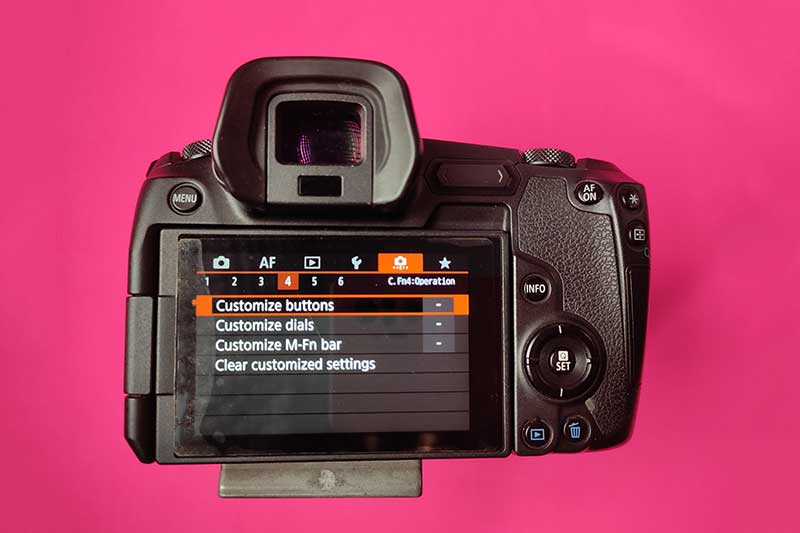
2. Go to Customize buttons option and click it. Some models will have the “Custom Controls” option. You can click accordingly.
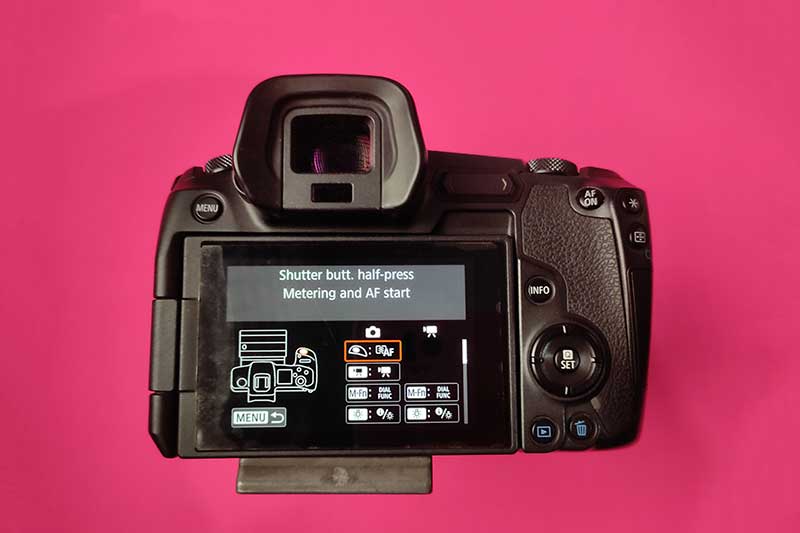
3. Choose the “Shutter Button half-press Metering Start and AF start” option. Some Canon cameras will have it as a “Metering start” option alone.
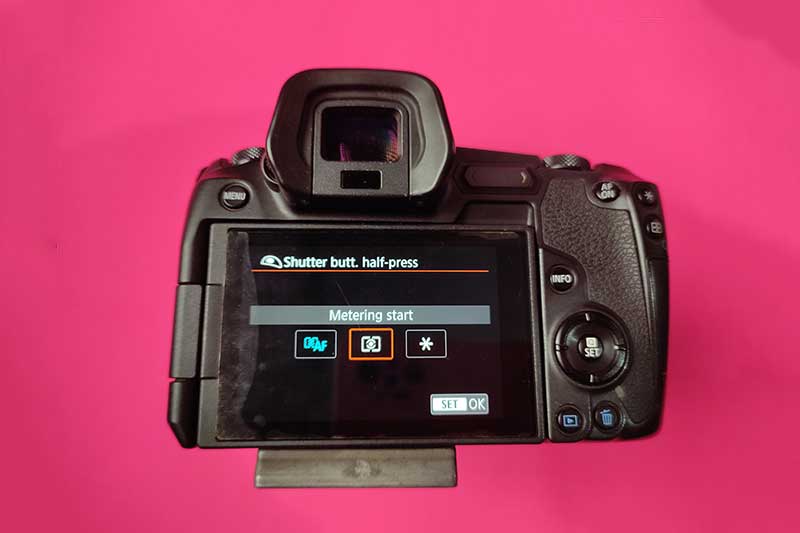
4. Choose Metering start & Press Set to confirm.
Nikon Camera

There will be slight variations in the new and old Nikon camera procedure. Both these steps are given below.
NEW Nikon Cameras
Nikon cameras also come with the AF-ON button. The exact procedure for enabling the Back button focus in Nikon cameras is below.
1. Go to the Menu section.
2. Select the Custom Menu Setting. The pencil icon corresponds to this setting.
3. Select the Autofocus option from the Menu.
4. Choose the AF activation option.
5. Choose the AF-ON only option.
OLD Nikon Cameras
You don’t have to worry if you don’t see the AF-ON button in your Nikon camera. In old Nikon camera models, there is AE-L/ AF-L button instead.
You can look at your camera or camera user manual to find this button. Follow the steps below to switch to the Back button focus in old Nikon cameras.
1. Go to the Menu section.
2. Choose the pencil icon that corresponds to the Custom Setting Menu.
3. Navigate to the Controls section.
4. Choose the Assign AE-L/ AF-ON button option.
5. Go ahead with the AF-ONselection.
Sony Camera
![]()
The steps to assign BBF in Sony cameras are given below.
1. Press and open the Menu.
2. Go to the 6th Page from Tab 1.
3. Choose the AF w/shutter option & make it OFF.
4. Now, return to Main Menu. Navigate to Page 7. Choose Pre-AF & make it OFF.
5. Go to Main Menu. Navigate to Page 8 in Tab 2. Choose Custom Key.
6. Go to Tab 3 & choose the AE-L button.
7. Choose AF ON & press OK.
8. Choose the AF button and press OK.
Panasonic Lumix Camera

If you use a Panasonic Lumix camera, you can follow these steps to switch to the Back button focus.
1. First, you must set the AF/AE LOCK to AFC.
2. Now, you can go to the Custom Menu Setup.
3. Change AF/AE LOCK to AF-ON.
4. Next, Change Shutter AFto OFF(To remove the autofocus from the shutter trigger button).
5. Change Focus/ Release Priority AFS/ AFF to FOCUS.
How to Use Back Button Focus?
I will show you how to use the back button focus to capture images.
After configuring your camera to the Back Button focus, you can point your camera toward the subject. You can use the camera viewfinder or LCD display for viewing the scene.
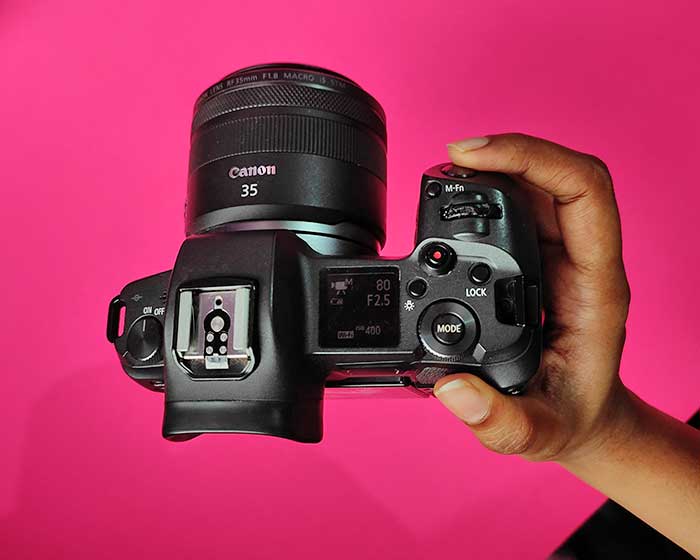
Keep the right thumb on the “AF-ON” button and the index finger on the camera shutter trigger button.
Press the “AF-ON” button to focus on the subject using the Back focusing feature.
Once the focus is locked on the subject, you can press the shutter trigger button to capture the image.
Why is Back Button Focus Better?
I will share the advantages of using back button focus for photography. It will help you decide whether it is for you or not.
1. Save Battery Life

When I go to remote places to photograph birds and wildlife, there may not be any power source in most of these places.
If the focusing part is attached to the shutter trigger button, the focusing motor will get activated every time I press it for capture.
Thus, I will unnecessarily lose the camera battery power if the subject is stationary (shooting bird and wildlife portraits).
When using the AF-ON feature, I need to focus on the subject only when needed. Thus, it helps to save some battery power.
2. Improves Your Ability to Compose Images
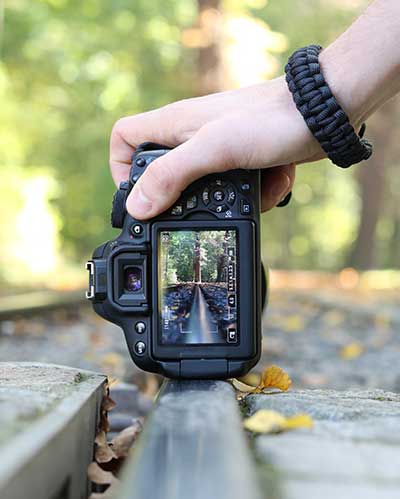
The back button focusing allows you to use the “Focus and Recompose technique” to capture images.
It allows you to use the current sensor to focus on the subject. Once locked, you can reposition the camera slightly to the left or right to get the perfect composition.
After that, you can go ahead and press the shutter button for capture.
It will help to avoid unnecessary cropping of the image for composition.
3. Helps to Improve Focusing Accuracy
When it comes to focusing sensors in the camera, some of the autofocus points will have higher accuracy than others.
If you take any type of camera, the center focus point will be more accurate because of the type of focusing sensor. If you use this center focus point for your shots, you can get a good focus lock all the time.
The back button focus feature in the camera allows you to use the center button as the focusing point for all your shots. Once the focus is set, you can recompose the scene and capture the image.
4. Helps to Improve Photography Workflow
The BBF really helps to improve the photography workflow.
You just need to focus on the subject using this focusing technique at first. After that, you can recompose your picture using any photo composition technique.
This focusing technique is very useful for many of my wildlife and bird shoots.
5. One Button, One Function
The BBF helps to implement the One button One function feature.
If you do not like to use a single button for more than one feature, you will find it very useful.
Should I Use the Back Button Focus?
Whether you should use Back Button focus or not is your choice. Your photo shooting workflow will be the primary factor that can help to make the decision.
I recommend trying it for at least 4-5 shoots. You can even do some trial shoots to see if you are comfortable using this focusing feature.
You can switch to this focusing technique only if it helps to improve your photography workflow.
Why is My Back Button Focus Not Working?
If the back button focus is not working in your camera even after setting it, you might have made a mistake while setting it up.
To fix it, you can do a “Factory reset” first by going into the Menu of your camera. The factory reset will ensure that all the buttons in the camera get assigned to their default functions.
Once you complete this reset, you can follow the instructions to set the back button focus for your particular camera brand and model.
If it is still not working, there will be something wrong with your camera. It is better to take the camera to an authorized service center to fix the issue.
How to Turn OFF Back Button Focus in Canon/ Nikon/ Sony/ Fujifilm Camera?
There is an easy way to turn OFF the Back Button focus. You can apply this method for cameras from Canon, Nikon, Sony, Fujifilm, etc.
You just need to do a Factory reset. Check your camera manual to know the exact location in the Menu for doing the factory reset.
All cameras come with a shutter button focus by default. So, when you do the factory reset, autofocus will be switched back to the default settings, and BBF will be turned OFF.
When Not to Use Back Button Focus?
You cannot use the back button focus in the following situation.
1. While Using Manual Focus (MF)
When you use manual focus, you don’t have to use the back button focus. Here, you will rotate the focus ring on the camera lens to lock the focus on the subject manually.
So, you should not use the BBF here.
2. While Using Camera Lens with Only Manual Focus
There are camera lenses that come with only manual focusing. If you are using such a lens, there is no point in setting the Back Button focus in the camera.
So, check your camera lens specifications to ensure it supports autofocus to use the BBF.
Is Back Button Focus Good for Sports photography?
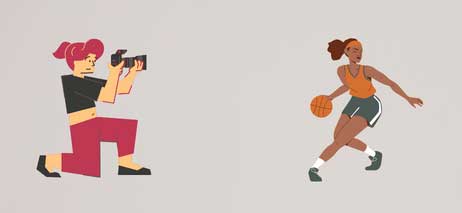
When it comes to sports photography, there will be lots of action happening all the time. So, if you use the shutter trigger button for focusing also, there is a chance that you may miss some action.
If you go with the back button focus for sports photography, you just need to lock on to the subject using your thumb.
After that, you can easily press the shutter trigger button using the pointer finger for the capture.
You will need some practice to get adjusted when you do this initially. But later, you will find this technique more effective for sports photography.
Is Back Button Focus Good for Wildlife photography?
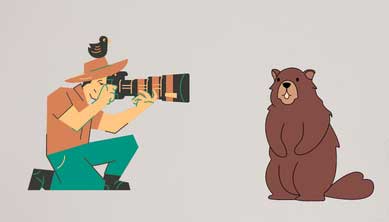
In my opinion, the Back button focus is one of the best focusing techniques for wildlife photography. There are many instances where this focusing technique can save you.
When it comes to wildlife, there will be more action happening. For example, when the animal is stationary, it will be doing head turns and other behavioral actions.
Here, you don’t have to focus again and again. Only a one-time focus is required. So, BBF is a useful option here. It also helps to recompose the shots.
I have been doing wildlife photography for more than a decade. Even though I used the shutter trigger button to focus during my initial days. I shifted to the Back button focus later. This switching has really helped to capture some great shots.
Is Back Button Focus Good for Portraits?
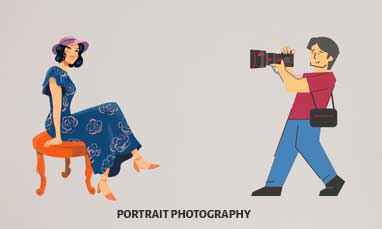
You can recompose your portrait shot without focusing again on the subject. This feature makes the Back button focus good for portraits.
If you are a portrait photographer using the shutter button for focus, I strongly recommend you try this focusing technique. It will help you compose portraits in a better way.
Final Thoughts
Now you know how the back button focus work & how to set and use it on different cameras. You can always come back and look at this guide as a reference.
Consider reading this article if you are interested to learn autofocusing tips.

